Luristan Bronze Horse Bit
A Luristan Bronze Horse Bit the Mouthpiece made from a Single Bronze Bar the Shank and Purchase made from Two Single Pieces of Bronze with Pierced Openwork Detailing
Old painted collection number to mouthpiece ‘LU 40’
Iron Age II / circa 900 - 600 B.C
Size: 10.5cm high (max) 20cm wide - 4 ins high (max) 8 ins wide
Old painted collection number to mouthpiece ‘LU 40’
Iron Age II / circa 900 - 600 B.C
Size: 10.5cm high (max) 20cm wide - 4 ins high (max) 8 ins wide
A Luristan Bronze Horse Bit the Mouthpiece made from a Single Bronze Bar the Shank and Purchase made from Two Single Pieces of Bronze with Pierced Openwork Detailing
Old painted collection number to mouthpiece ‘LU 40’
Iron Age II / circa 900 - 600 B.C
Size: 10.5cm high (max) 20cm wide - 4 ins high (max) 8 ins wide
Old painted collection number to mouthpiece ‘LU 40’
Iron Age II / circa 900 - 600 B.C
Size: 10.5cm high (max) 20cm wide - 4 ins high (max) 8 ins wide
The peoples of Luristan known as Kassites were described by Greek historians as those ‘belligerent barbarian tribes renowned for their warlike valour’. Alexander the Great had to fight them and in 317 B.C Antigonus, (known as ‘Cyclops’, Alexander’s one eyed General) wishing to besiege Susa entered the lands of the Kassites without agreeing to pay them the customary tribute and reported that his troops ‘harassed by these savage mountaineers’ suffered terribly.
Around 1500 B.C they were a thriving people of peasants, nomadic stock raisers, horse breeders and warriors who according to Strabo could ‘put at the disposal of the Elamites on occasion as many as 13000 archers to help them fight the Susians and Babylonians’.
Numerous objects in bronze, gold, iron and silver have been found in their tombs near the springs by which they camped in the high plains of Luristan, many of which are decorated with scenes often borrowed from Assyrian mythology. As nomadic warriors and hunters, the Kassites of Luristan believed these objects to have protective qualities.
The bit is an important item of a horses tack. It usually refers to the assembly of components that contacts and controls the horses mouth, and includes the shanks, rings, cheek-pads and mullen. The first bits were made of rope, bone, horn, or hard wood. Metal bits came into use between 1300 and 1200 B.C, originally made of bronze.
Around 1500 B.C they were a thriving people of peasants, nomadic stock raisers, horse breeders and warriors who according to Strabo could ‘put at the disposal of the Elamites on occasion as many as 13000 archers to help them fight the Susians and Babylonians’.
Numerous objects in bronze, gold, iron and silver have been found in their tombs near the springs by which they camped in the high plains of Luristan, many of which are decorated with scenes often borrowed from Assyrian mythology. As nomadic warriors and hunters, the Kassites of Luristan believed these objects to have protective qualities.
The bit is an important item of a horses tack. It usually refers to the assembly of components that contacts and controls the horses mouth, and includes the shanks, rings, cheek-pads and mullen. The first bits were made of rope, bone, horn, or hard wood. Metal bits came into use between 1300 and 1200 B.C, originally made of bronze.
Ex Private collection
Ex Tetragon, London
Ex Christies, London
Ex Private Swiss collection, pre 1960’s
Ex Tetragon, London
Ex Christies, London
Ex Private Swiss collection, pre 1960’s
Luristan Bronze Horse Bit
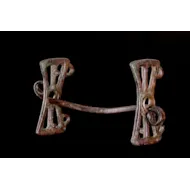
SOLD
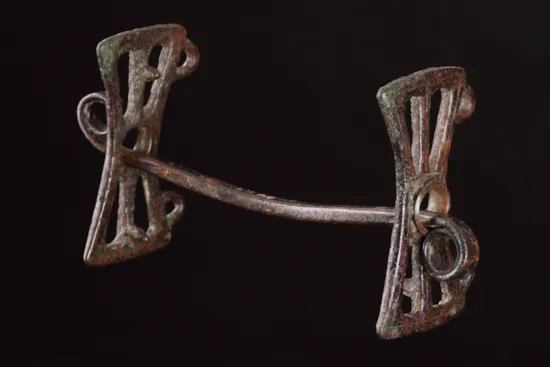
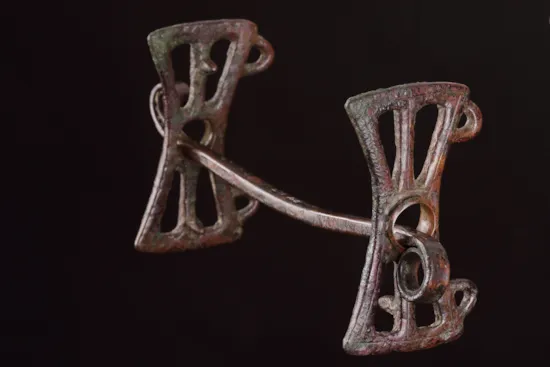
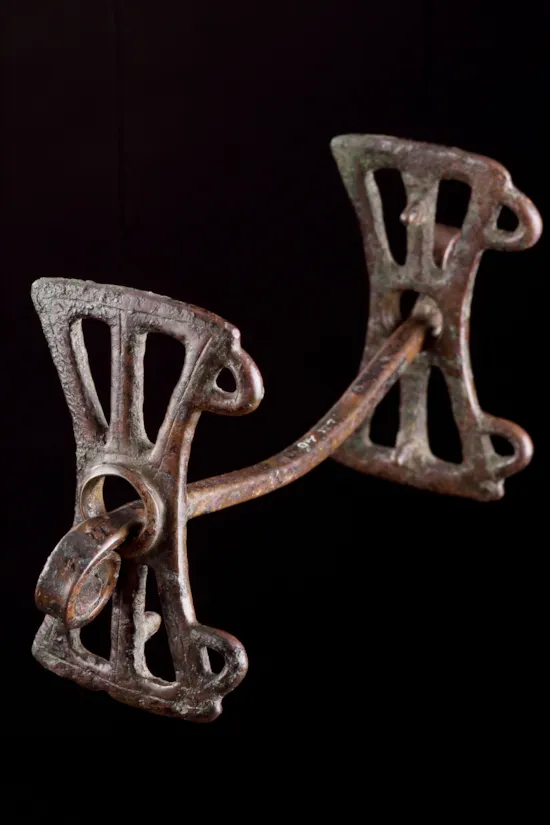
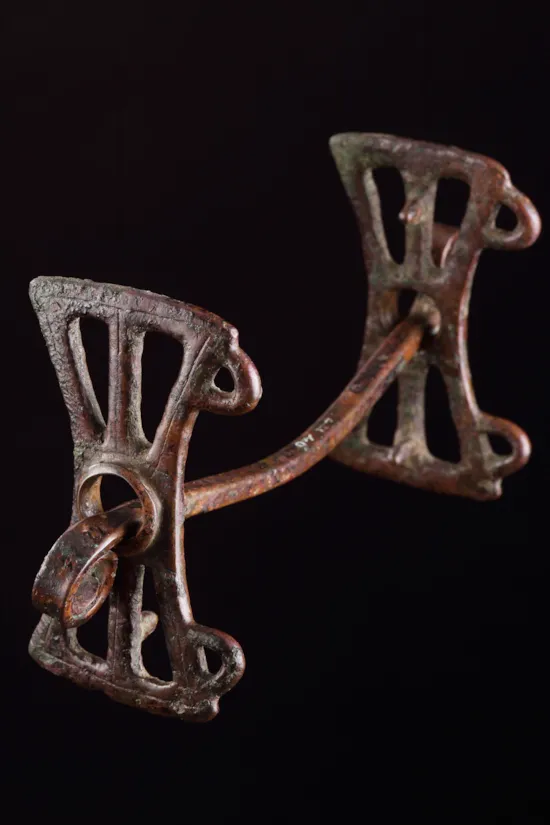

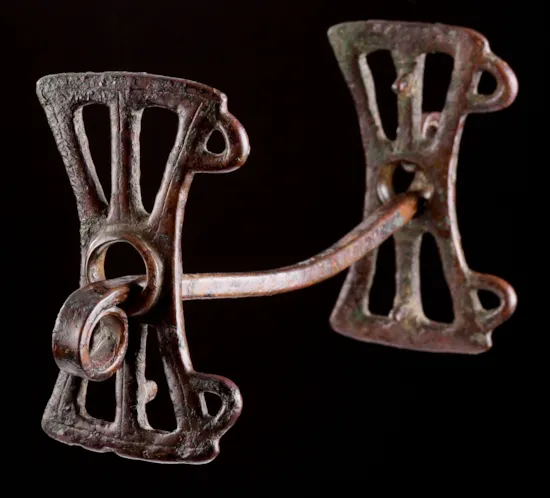
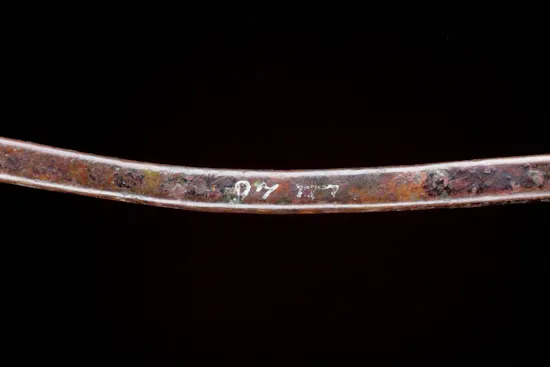







YOU MAY ALSO LIKE

